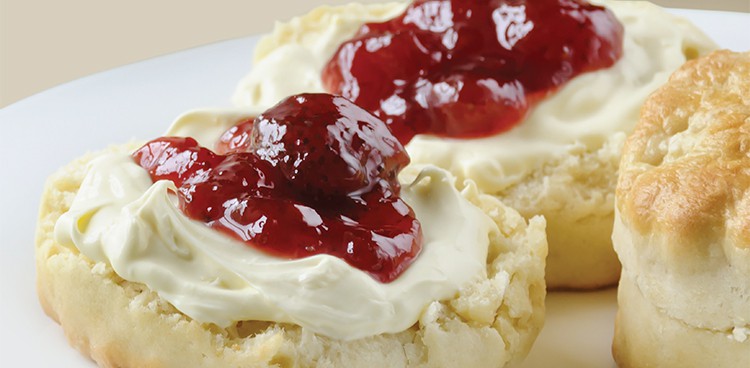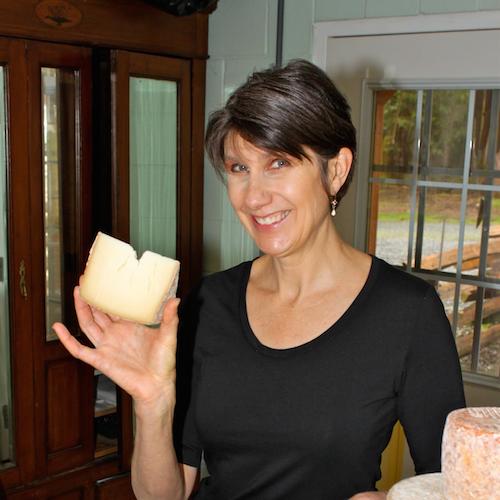
Forget the 4 o’clock coffee break. British afternoon tea (also known as “low tea”) is back in style—as are cucumber sandwiches, crumpets, and another English treat: thick, tart clotted cream.
This British stalwart stands apart from its French and American relatives (crème fraîche and sour cream, respectively) in flavor, texture, and make process. It can be crafted from either heavy cream or whole, nonhomogenized cow’s milk. The liquid is slowly heated and cooled, resulting in “clouds” of thick, nutty cream rising to the top. Our recipe uses readily available pasteurized cream and adds buttermilk to provide fermentation bacteria.
When you make your own clotted cream, you won’t want to limit it to teatime. Slather it onto a biscuit, spoon it on waffles, or stick with tradition and top your scone with a dollop—no cups and saucers required.
CLOTTED CREAM
Makes 2 cups (and 1½ cups buttermilk)
Equipment:
Medium stainless steel saucepan
Thermometer (one with a stainless steel dial, available at most grocery stores)
1-quart lidded glass jar
Double Boiler
Ice Water
Ingredients:
1 pint heavy cream
¼ cup cultured buttermilk





NOTE: The remaining, thinner liquid can be used for many things, from homemade buttermilk or ranch dressing to a topping for baked potatoes. Or use it in place of milk for making scones—then slather them with your fresh, luxurious clotted cream.




